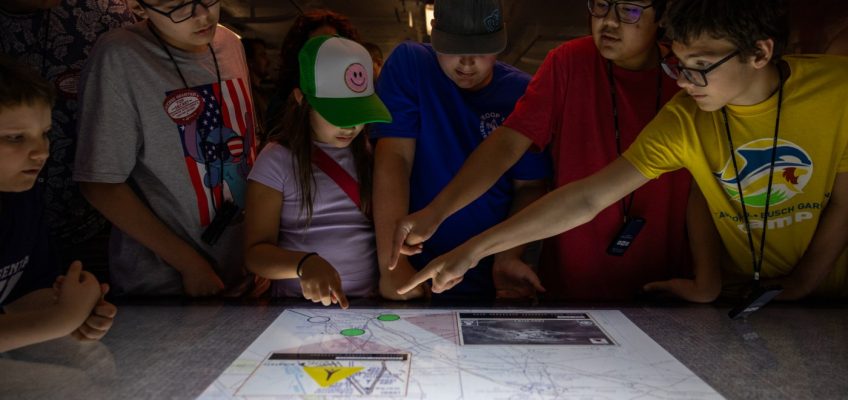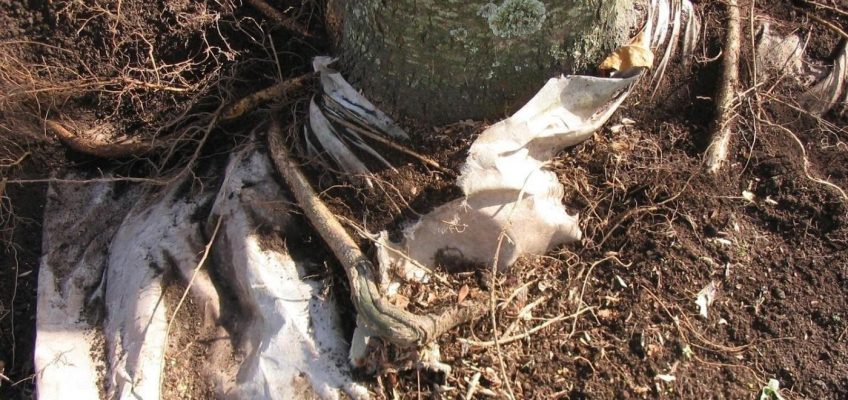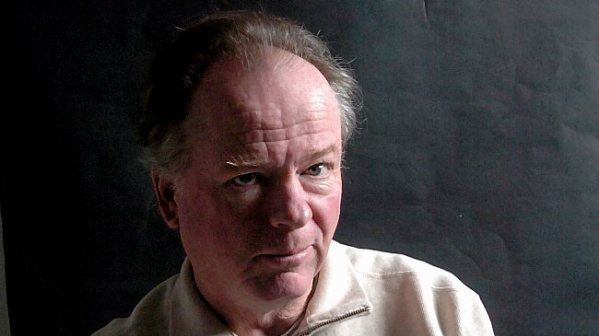SAN DIEGO — The USS Midway Museum is opening the doors to a previously unseen, top-secret area of the ship where naval intelligence history was once made.
Dozens of guests flocked to the flight deck of the USS Midway Museum on Friday morning, standing in front of a ribbon and balloon display, that marked the grand opening of the museum’s immersive new exhibit, “Top Secret: Inside the High-Stakes World of Naval Intelligence.” Men in bright red sport coats, dressed in a style reminiscent of characters from the movie “Men in Black,” assisted retired Rear Adm. and the USS Midway Museum’s current President and CEO Terry Kraft with unveiling the once restricted area of the ship known as the Carrier Intelligence Center, or CVIC.
Opening day of the a new exhibit at the USS Midway Museum called Top Secret: Inside the High-Stakes World of Naval Intelligence on Friday, June 27, 2025 in San Diego, California. (Ana Ramirez / The San Diego Union-Tribune)
“I took over the Midway Museum in 2023 and I thought about spaces that were important to me when I served on Midway. I did two deployments on Midway. I flew forward to combat missions from Desert Storm,” Kraft said. “One of the places where it was kind of transformational for me was all the work we did here in the Carrier Intelligence Center during Operation Desert Storm. So, I wanted to open it up.”
The USS Midway’s CVIC once served as the backbone and nerve center for naval intelligence during operations Desert Shield and Desert Storm in the early ’90s. The exhibit takes guests through the day-to-day lives of the naval intelligence specialists behind Desert Storm’s strategic gathering and analysis, mission planning and decision-making that supported aviators’ efforts against the Saddam Hussein-led Iraqi army’s invasion and occupation of Kuwait.
People experience a new exhibit at the USS Midway Museum called Top Secret: Inside the High-Stakes World of Naval Intelligence on Friday, June 27, 2025 in San Diego, California. (Ana Ramirez / The San Diego Union-Tribune)
The exhibit consists of six themed displays. Through a narrow hallway and the connecting rooms of the once high-stakes environment, bright photographs, naval artifacts and old newspaper clippings don the walls of the exhibit. Tables are scattered around each room, filled with artifacts that offer guests a more hands-on experience, as they’re able to get a close-up glimpse of detailed flip-books aviators created for a quick reference during flights, toolkits where intelligence specialists stored their grease pencils and measuring tools or one of the telephones that play a recording describing the stories of intelligence officers.
Guests are even allowed to step into the shoes of intelligence specialists, testing their skills in a group of tests based on visual memory, codebreaking, site assessment and close aerial looking skills, where guests learn what naval intelligence role best suits them, and participate in an immersive mission planning activity.
People experience a new exhibit at the USS Midway Museum called Top Secret: Inside the High-Stakes World of Naval Intelligence on Friday, June 27, 2025 in San Diego, Calif. (Ana Ramirez / The San Diego Union-Tribune)
The exhibit’s opening comes after a nearly two-year planning and working period. Initial talks to restore the CVIC were fleshed out in 2009; however, the idea didn’t come into fruition until summer 2023, when discussions of restoring the space earned the formal backing of a partnership between Naval Intelligence Professionals and the USS Midway Museum, which funded the bulk of the project. Construction began in the winter of 2023 and concluded in May this year.
“We worked with a great company called Art Processors, who did our another new exhibit for us last year,” Kraft said. “We wanted to make this something that anybody can come down and understand the role of intel professionals, how they interface with aviators, that kind of fusion that took place and get an appreciation for really the high stakes planning that went on down here.”
Kraft and the museum enlisted the help of every intelligence officer he remembered serving with on the USS Midway, as well as intelligence officers and specialists from the Midway’s docents, to study and prepare for the exhibit — eventually totaling up to around 750 volunteers.
Retired Commander Diana Guglielmo, an imagery analyst, helped lead the planning efforts.
“I was one of their advisors, because I served on board five aircraft carriers as a senior intelligence officer,” Guglielmo said. “I was the first woman to serve as the senior intelligence for the air wing, and so I basically ingested all the artifacts, and then grouped them together, and then put them into the exhibit in the right place based on what would be on a carrier.”
People experience a new exhibit at the USS Midway Museum called Top Secret: Inside the High-Stakes World of Naval Intelligence on Friday, June 27, 2025 in San Diego, California. (Ana Ramirez / The San Diego Union-Tribune)
Reflecting and honoring the real stories behind the CVIC and the intelligence specialists involved was essential to the team; a space of the exhibit is dedicated to retired Capt. William Marcus “Marc” Luoma, who died in 2021. Luoma’s jacket and the coffee cup he used frequently on board are even on display. As guests exit, the last section of the exhibit displays historic photos from the naval intelligence community and a message paying tribute to their “dedication and excellence” in CVIC
“We hope they feel honored,” Mark Berlin, the USS Midway Museum’s director of operations said. “We hope that they recognize our appreciation for the hard work and dedication that they have to everything that they do. We saw that in engineering, when we had a lot of our former engineers go through this space and feel like their story is being told. We hope the same thing happens here.”
The team behind the exhibit hopes that even the general public will find something meaningful to take from their experience.
“I hope one day, as young people come through here, men and women, they see kind of this quiet profession, and they’re motivated or enthusiastic about doing this job. It’s one of those parts of the Navy that we just don’t talk a lot about,” Guglielmo said. “In the intelligence community, we say open the green door, because all the classifieds are always hidden behind the green door, and so this will open the green door and let them see, kind of what their contributions can do.”




